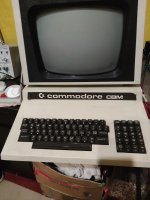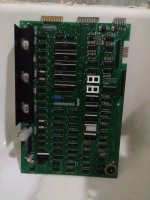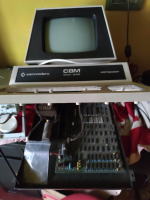Water and Chante Claire Dave!
If you are using water, it has to be de-ionized water, not tap water. And on top of that you have to elevate the board temperature to maybe 70 deg C afterwards, to evaporate it in a reasonable time frame.
Chante Clair, is a detergent.
There is no need for a detergent, as you are not trying to emulsify oils into an aqueous solution, not unless somebody had previously dipped your PET board in oil.
The reason is the water infiltrates the IC sockets and starts to react with the socket claws. And it takes a while to leave that location, even with heating.
Unless the water is fully evaporated, in less than a few hours, electrolytic process take place and corrodes the sockets.
While many scenarios have turned up on Youtube videos ( I hope you are not watching them) about cleaning computer pcb's with water & detergent, even in dish washers, I am afraid these are not good .
Not so much for the PET board that does not contain too many vulnerable components, but there are many components such as adjustable pcb mount capacitors, open frame trimmer potentiometers and IC sockets that are damaged by this method.
The better way to clean a pcb is with a solvent that is benign to any ink markings and and pcb coatings, and has a very high vapor pressure and evaporates quickly without leaving any residual damage.
A suitable product is CRC's CO Contact cleaner.



